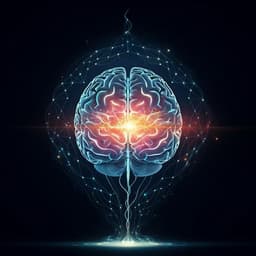
Education
What drives the learning benefits of moving text? A theoretical discussion for learning implications of kinetic typography
H. Lee and S. Park
This paper by Hye-Jung Lee and Soyoung Park delves into the learning benefits of kinetic typography, revealing how it enhances the shared thinking process between instructors and learners. Discover how the sequential presentation of text can mirror oral communication, making a transformative impact on education.
Playback language: English
Related Publications
Explore these studies to deepen your understanding of the subject.







